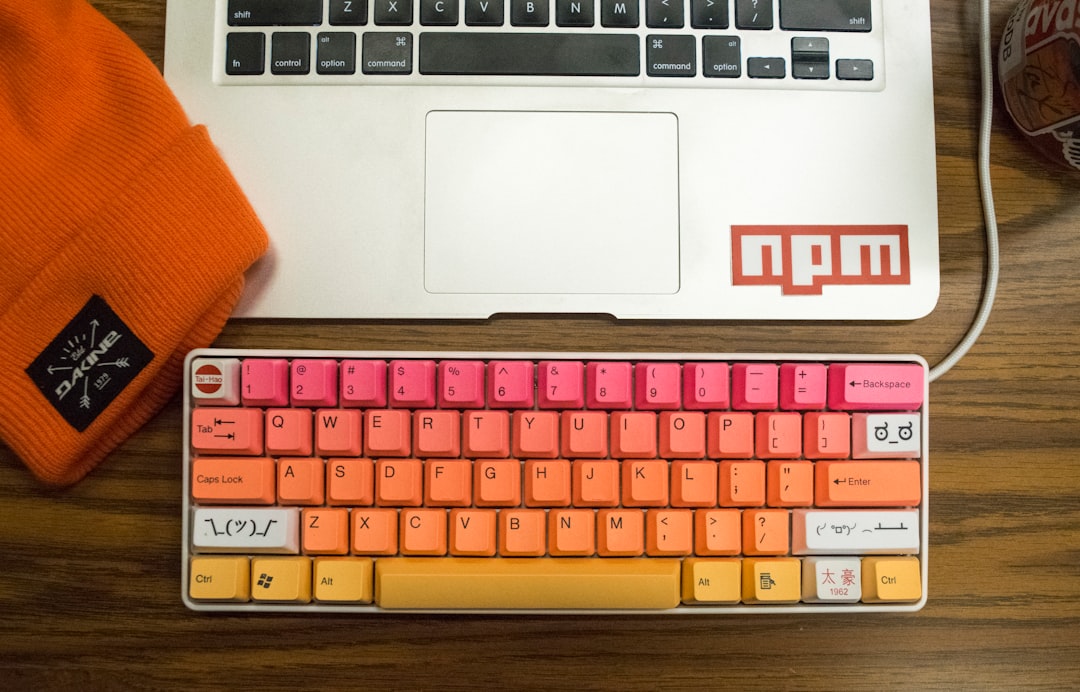What is it about?
GHOSM: Graph-based Hybrid Outline and Skeleton Modelling for Shape Recognition An efficient and accurate shape detection model plays a major role in many research areas.With the emergence of more complex shapes in real life applications, shape recognition models need to capture the structure with more effective features in order to achieve high accuracy rates for shape recognition. This paper proposes an optimal method to connect nodes in a graph to improve shape representation. The proposed method is benchmarked against static hand gesture, 2D shapes, and 3D point cloud shapes datasets.
Featured Image

Photo by Artturi Jalli on Unsplash
Why is it important?
The novelty of our work lies in how to connect nodes in graphs in order to get better representation of different shapes. Graph spectral domain bases are computed to set the optimal connections based on the entropy distribution on the nodes in order to form a graphical representation for each shape.
Perspectives
I hope this article makes it easy to understand different methods of graph node connections and what is the different between them. I hope you find this article thought-provoking.
Basheer Alwaely
We propose a model for jointly representing the outline and the skeleton of the shape of an object by dissecting them into adaptively formulated graphs. The model was validated using 11 large state-of-the-art datasets. (Four complex hand gesture datasets, three 2D shape datasets and four complex and large 3D datasets) Our model outperforms the existing approaches for 3D datasets by 14% compared to the existing approaches. This has a high potential in AR/VR and robotic applications where high accuracy 3D object and hand gesture recognition are needed.
Charith Abhayaratne
University of Sheffield
Read the Original
This page is a summary of: GHOSM: Graph-based Hybrid Outline and Skeleton Modelling for Shape Recognition, ACM Transactions on Multimedia Computing Communications and Applications, February 2023, ACM (Association for Computing Machinery),
DOI: 10.1145/3554922.
You can read the full text:
Resources
Contributors
The following have contributed to this page










